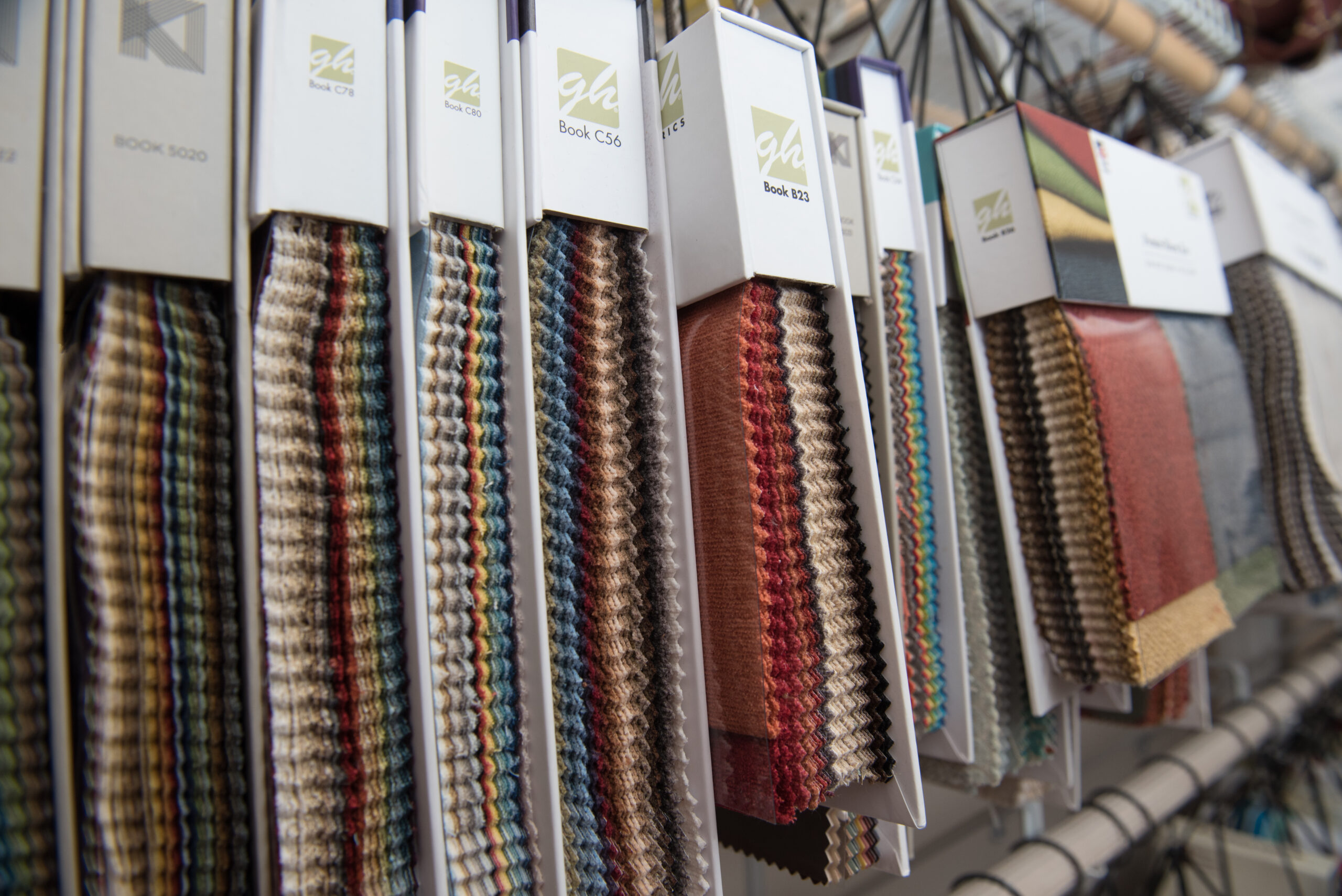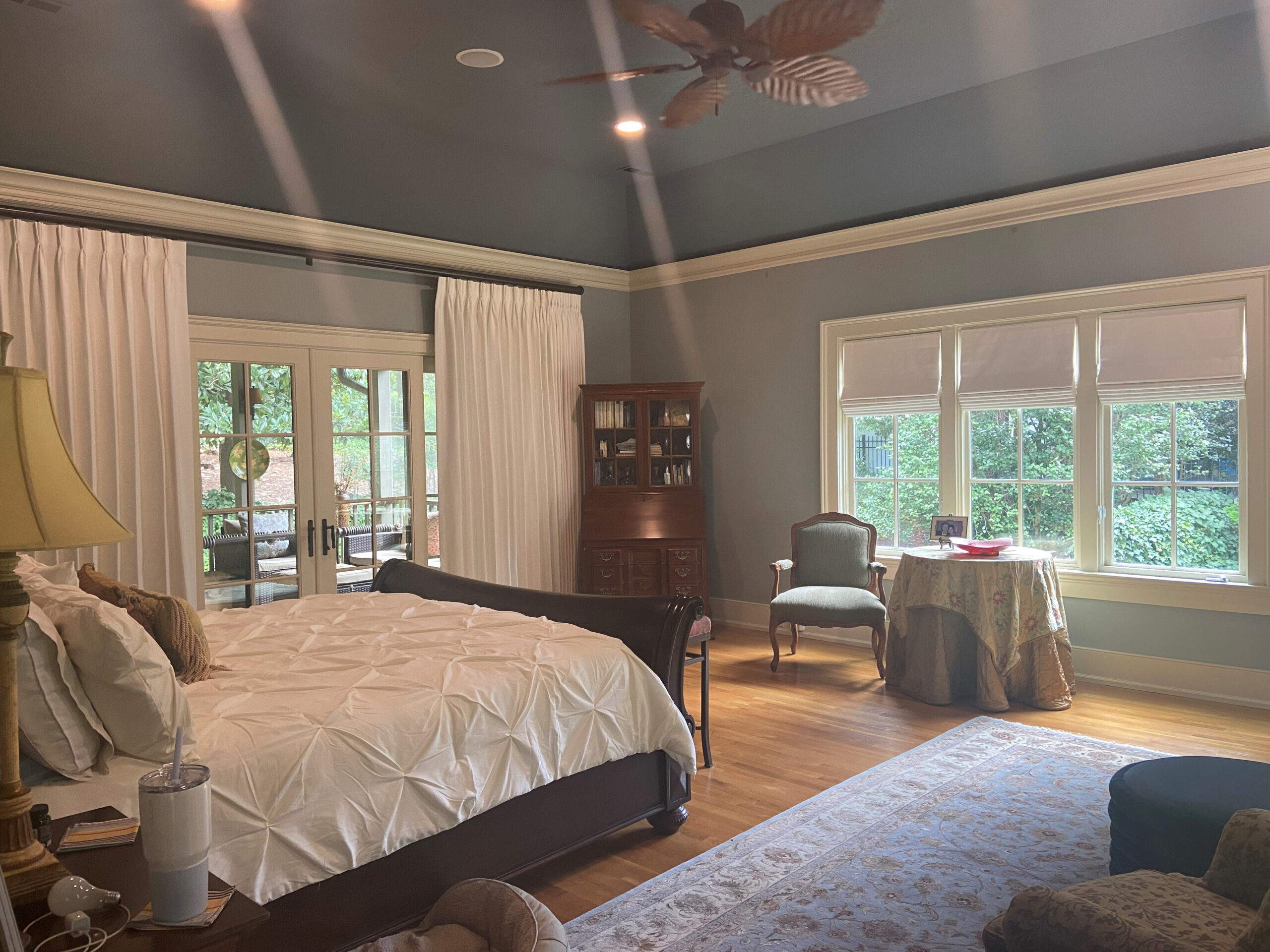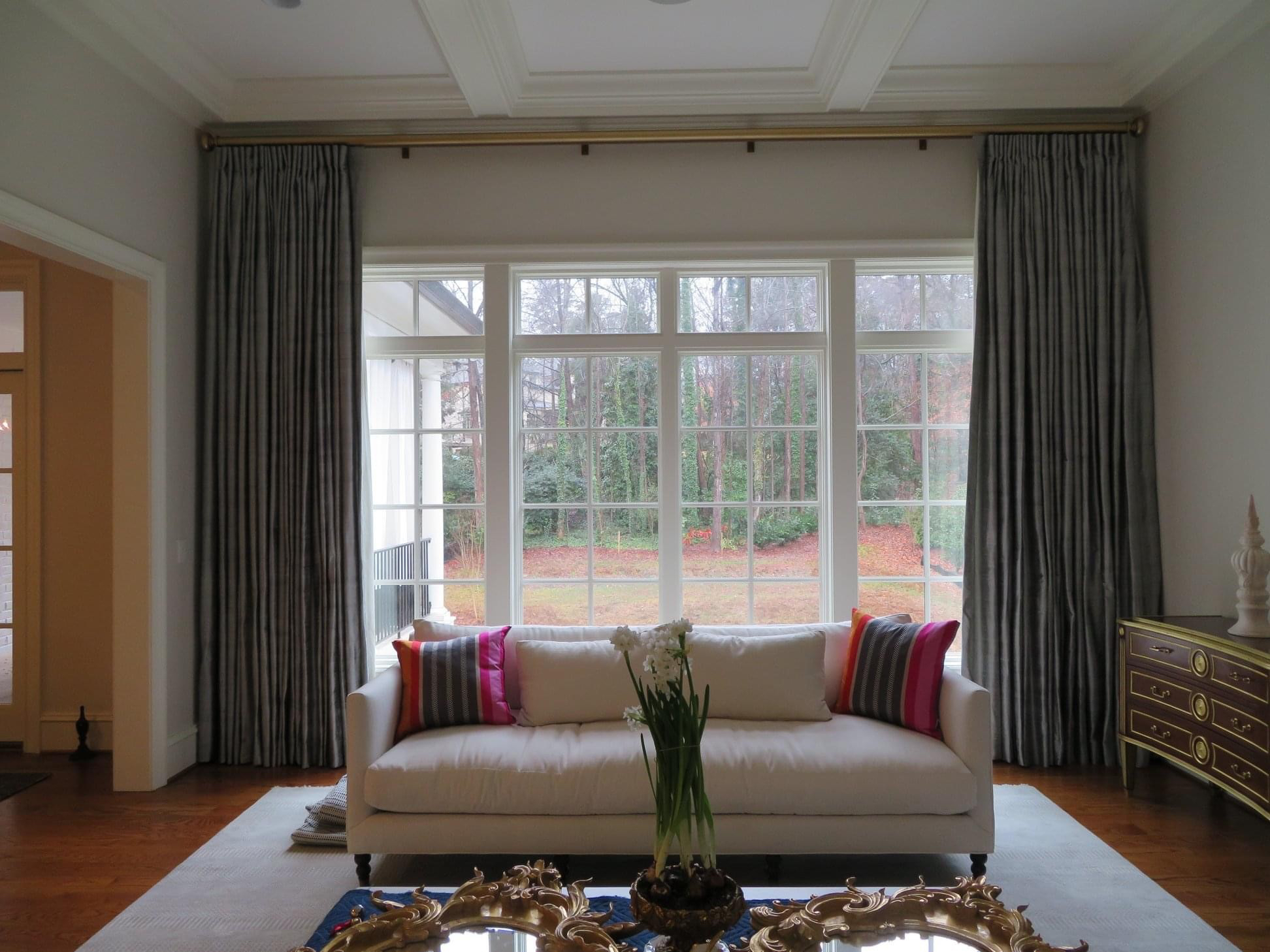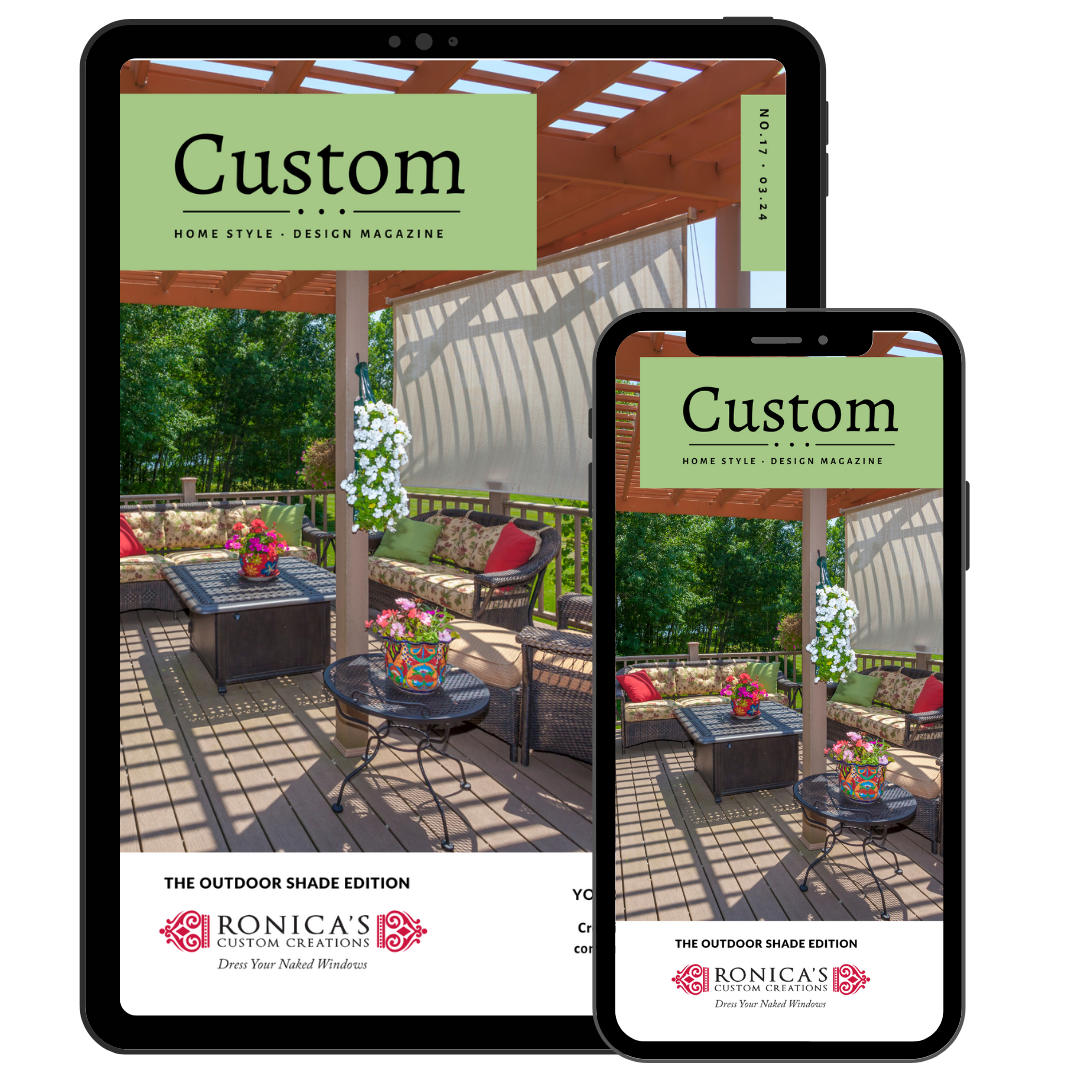When we start considering window treatments the things that come to mind first are the color and transparency of the fabric, how the color and design of the fabric can complement the decor, how much light should filter into the room, etc. But there are actually many more things to consider when choosing the best fabric for a window treatment project.

- Examine the color. Make sure the color is consistent throughout the fabric. Is it bleeding or fading?
- Choose fabrics that won’t fade easily when exposed to sunlight. Using a quality lining will minimize and/or eliminate the fading.
- Does the fabric drape well?
- Is it prone to wrinkles?
- Have you chosen stain-resistant fabric, especially if it’s in a kitchen or bathroom?
- Will the fabric you’ve chosen convey the mood you’re going for?
Another thing that is important to consider is the weight of the fabric. Fabric weight is how much one square yard or one square meter of fabric weighs when you put it on a scale. The thickness of yarn and fibers in the fabric and type of weave determines how much it weighs.
Light Weight Fabric
Examples: linen, casing fabrics, voile, and other sheers
This fabric will feel light and airy and tends to be more sheer or transparent. It’s great to use when you want to filter out just a little light and heat from the sun, and provide a bit of privacy. This fabric will soften the architecture. It can also be used for bed hangings, canopies and table covers.

Medium Weight Fabric
Examples: sateen, velvet, taffeta, most cottons and polyesters
When you hold a medium weight fabric in your hand, its own weight will drape it down and it often has special textures and weaves. These fabrics work great for roman shades and draperies. They can also be used for bed covers, slip covers and wall partition upholstery.
Heavy Weight Fabric
Examples: upholstery fabric, canvas, brocade, poplin, denim, some velvets
A heavy weight fabric will have a good deal of weight or heft to it. It’s perfect for completely blocking light and providing insulation. Besides being used for straight drapery panels, it can be used for floor cloths, wall upholstery, pillows and cornice boards.


